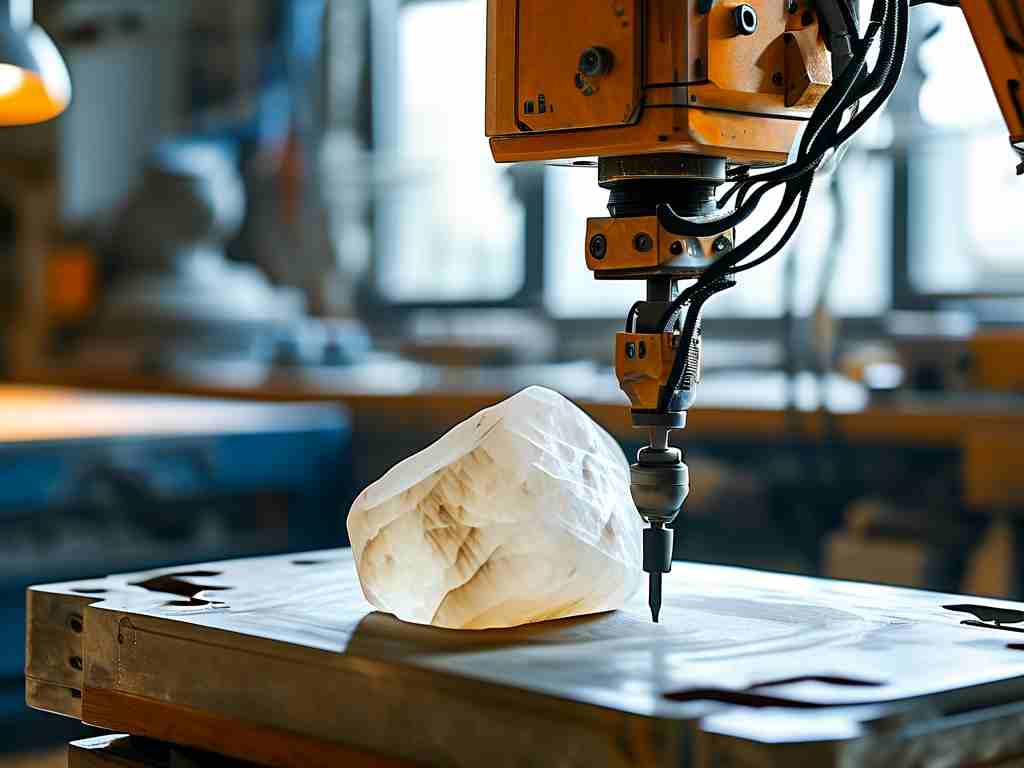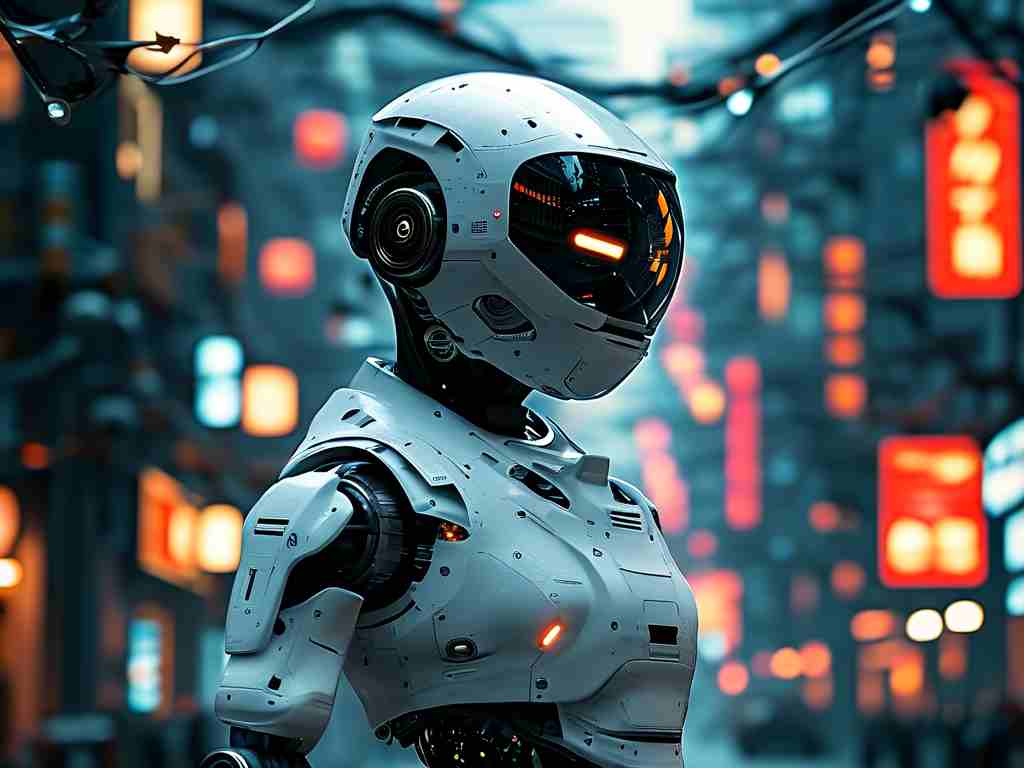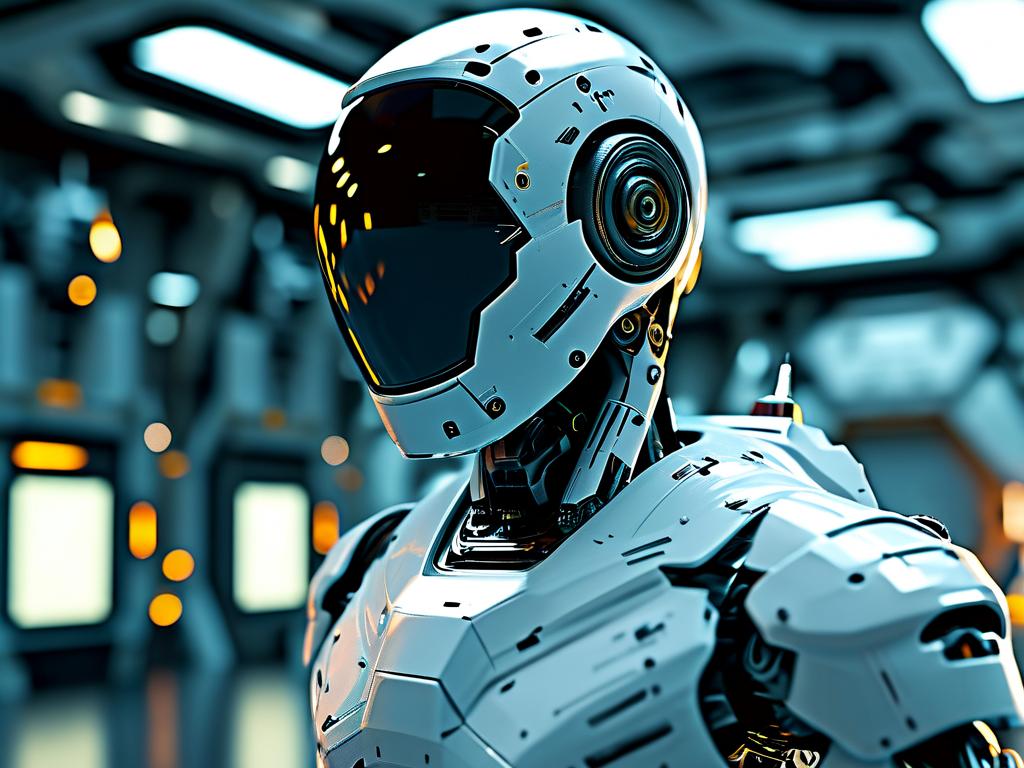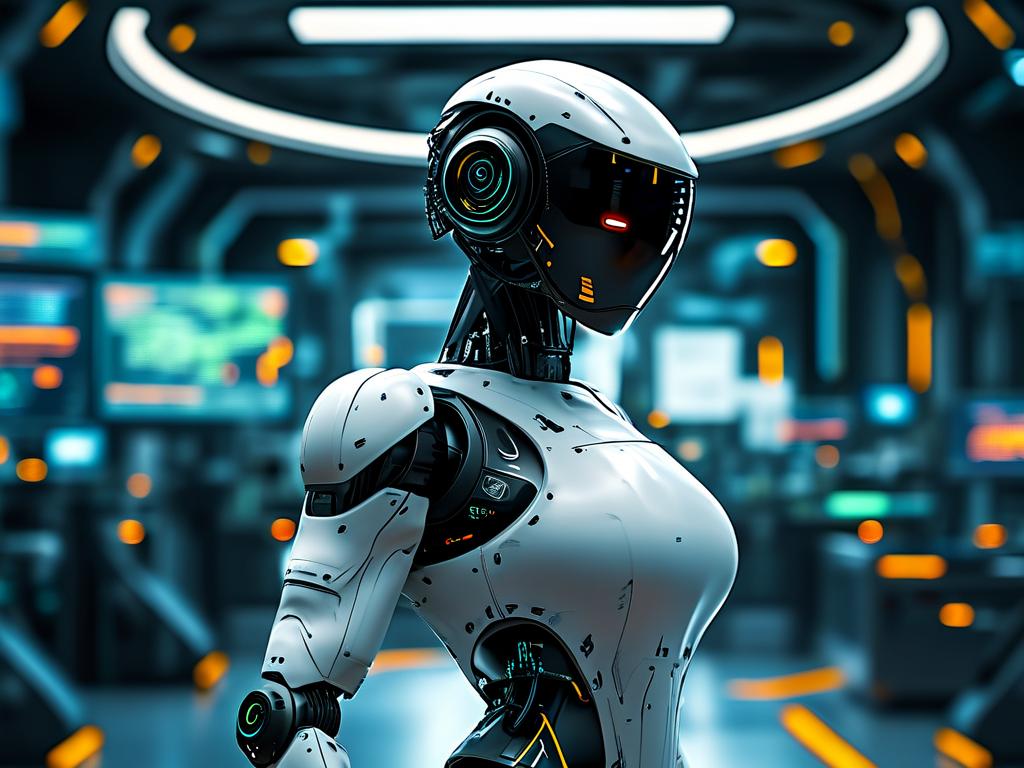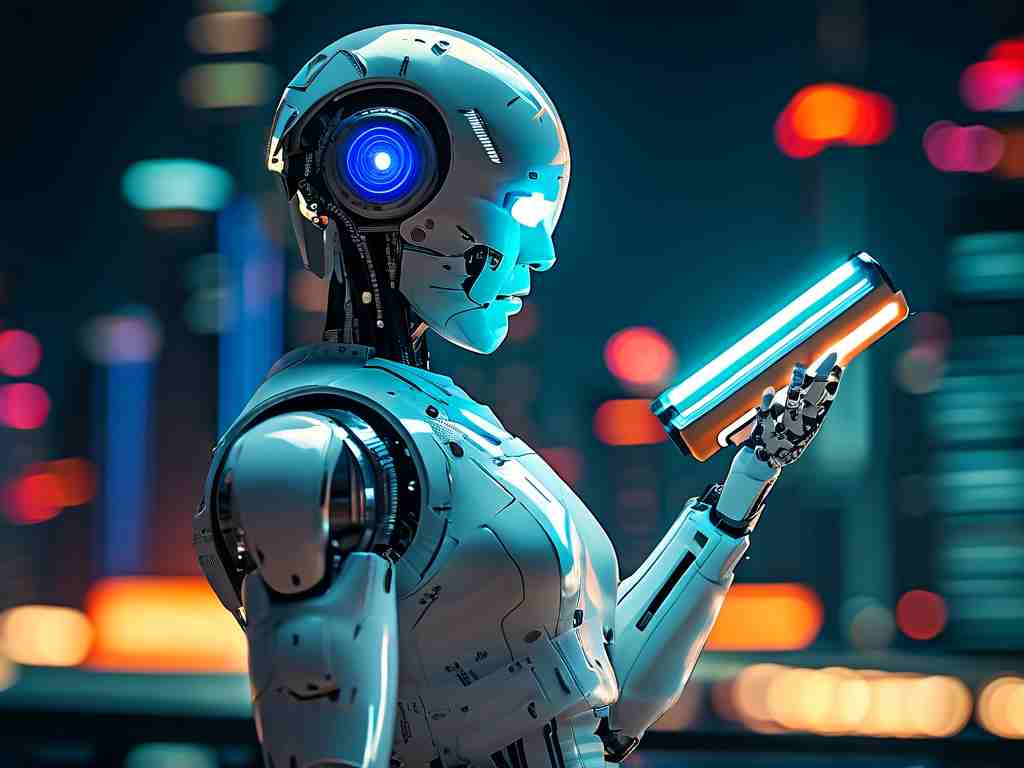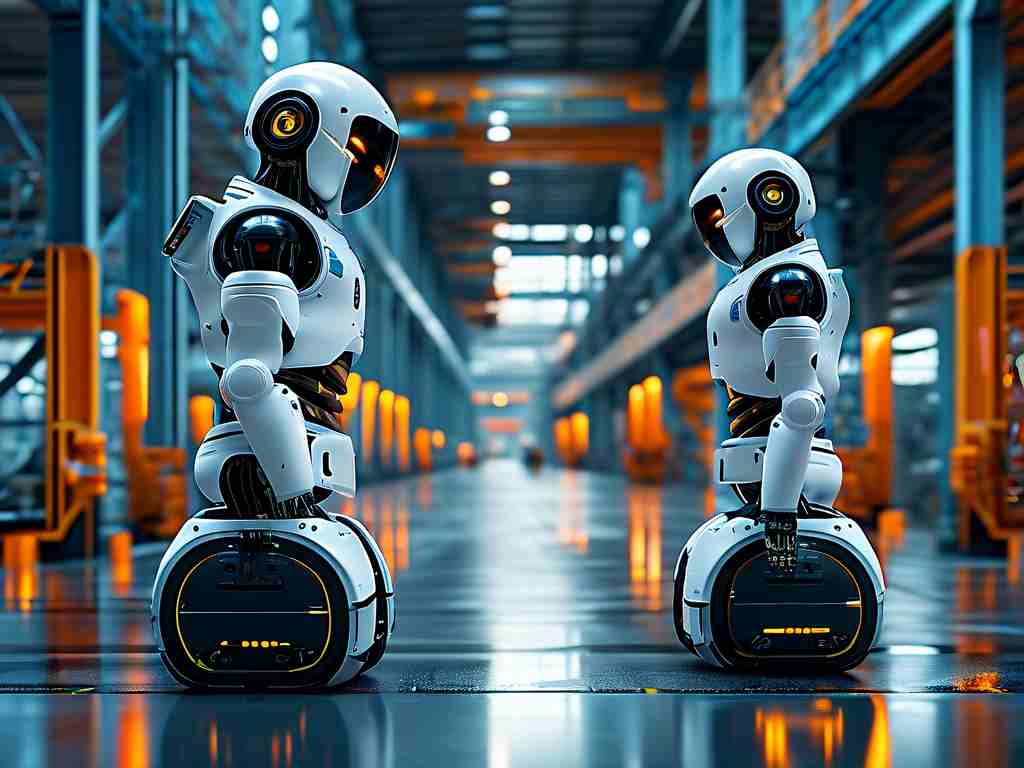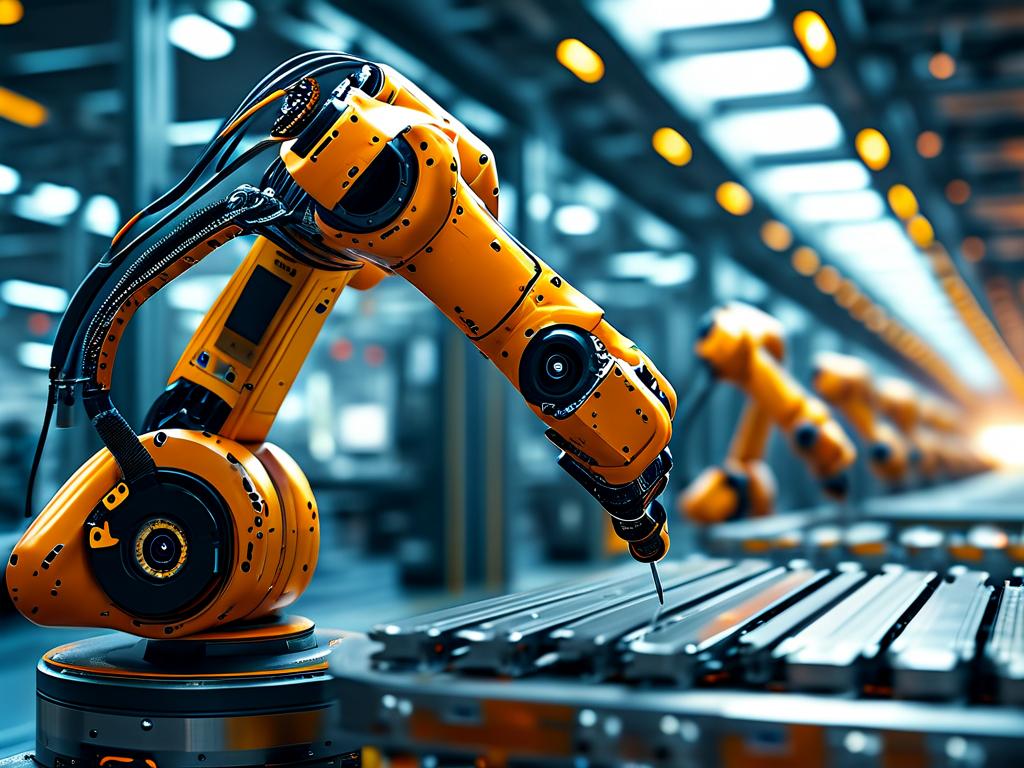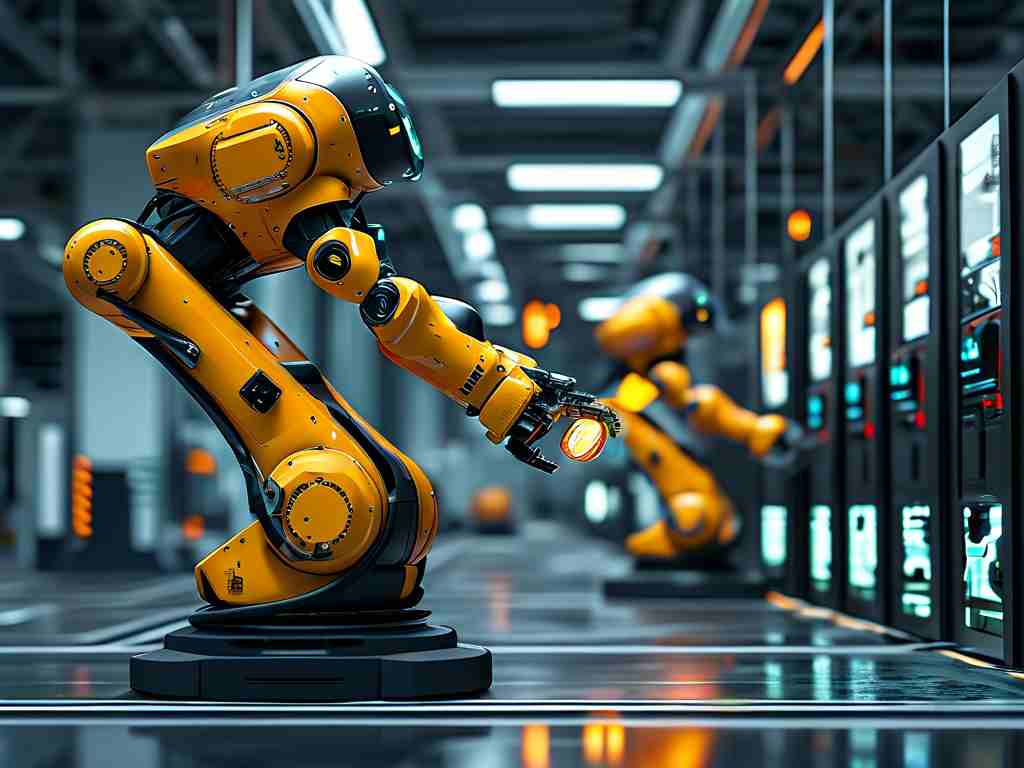The evolution of robotic maintenance technology has revolutionized industrial operations across sectors. As automated systems become integral to manufacturing, energy production, and aerospace industries, advanced inspection methodologies have emerged to ensure operational continuity. This article explores cutting-edge developments in robot-assisted equipment servicing and their practical implementation.
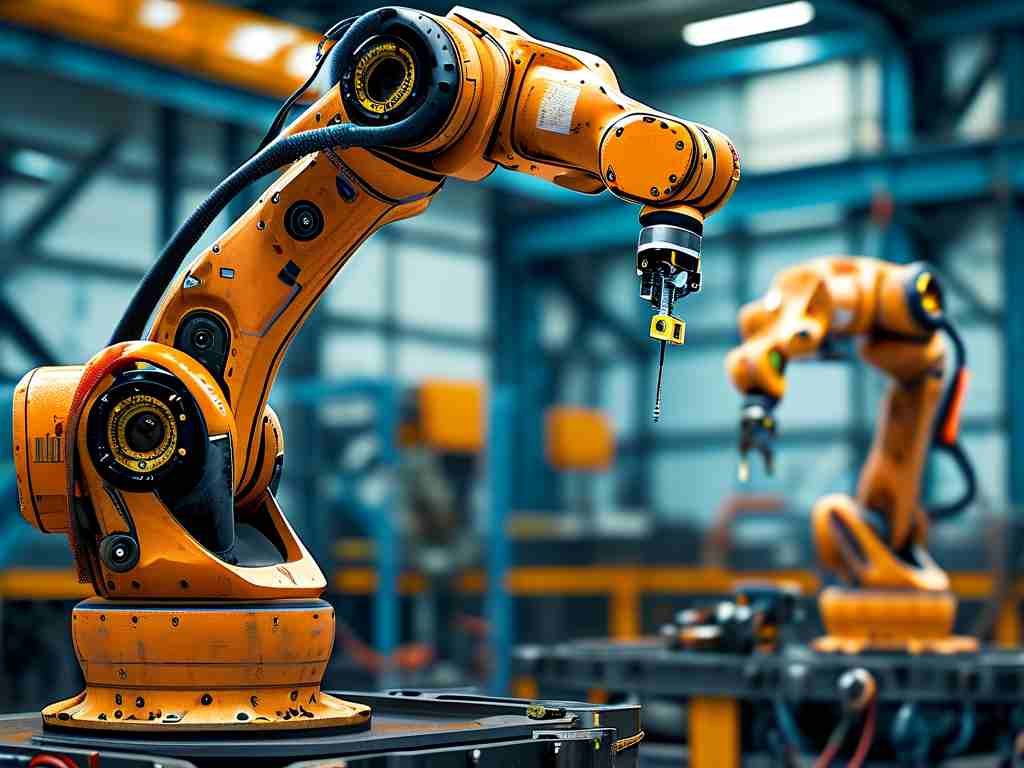
Modern robotic inspection systems leverage multi-sensor fusion technology to achieve comprehensive diagnostics. Industrial robots equipped with ultrasonic detectors, thermal imaging cameras, and laser scanning modules can detect microfractures in pipeline welds with 0.1mm resolution. For example, GE Aviation employs crawler-style inspection bots that navigate turbine blades while collecting 15 types of metallurgical data simultaneously. These systems utilize machine learning algorithms trained on terabyte-scale failure pattern databases to predict component lifespan with 92% accuracy.
Three core technical components define contemporary maintenance robotics:
- Adaptive locomotion systems (magnetic wheels for vertical tank inspection)
- Non-destructive testing sensor arrays
- Real-time data processing units
Field applications demonstrate remarkable efficiency improvements. In offshore oil platforms, autonomous underwater vehicles (AUVs) reduced inspection downtime by 40% compared to human divers. The latest models from Saab SeaEye integrate hyperspectral imaging that identifies corrosion under marine growth without surface preparation. Maintenance teams receive prioritized repair recommendations through cloud-based analytics platforms within 2 hours post-inspection.
Technical challenges persist in three key areas:
- Power management for extended operation cycles
- Sensor calibration in extreme environments
- Cybersecurity of wireless data transmission
Recent breakthroughs include Boston Dynamics' Spot robot modified for electrical substation inspections. This quadrupedal system navigates uneven terrain while maintaining 50cm safety clearance from live components. Its custom payload module combines gas sensors, infrared thermography, and partial discharge detectors, transmitting findings through encrypted mesh networks.
The medical robotics sector presents unique maintenance requirements. Surgical robot arms like Intuitive Surgical's da Vinci system require micron-level calibration accuracy. New self-diagnostic protocols automatically check 1,200 mechanical parameters before each procedure, reducing setup time by 25%. Predictive maintenance algorithms analyze historical performance data to schedule component replacements 72 hours before projected failure points.
Space exploration applications push technological boundaries. NASA's Robotic Refueling Mission 3 (RRM3) demonstrated in-orbit cryogenic fluid transfer using vision-guided robotic arms. This technology enables future satellite servicing with 0.5mm positional accuracy in zero-gravity conditions. Terrestrial adaptations are being tested for hazardous chemical plant maintenance.
Emerging trends focus on human-robot collaboration. Hybrid inspection systems combine autonomous drones with augmented reality (AR) interfaces for technicians. Kawasaki's latest maintenance solution projects real-time thermal overlays onto equipment surfaces through AR headsets, enabling simultaneous robotic and human analysis. This approach reduced false positives by 30% in nuclear facility trials.
Standardization remains crucial for widespread adoption. The International Electrotechnical Commission (IEC) recently published TS 62832-2 specifying performance metrics for industrial maintenance robots. Compliance testing now includes 72-hour continuous operation benchmarks and electromagnetic interference resistance assessments.
As artificial intelligence continues advancing, next-generation systems will feature enhanced decision-making capabilities. Researchers at MIT are developing cognitive maintenance robots that learn from repair histories across multiple facilities. Early prototypes demonstrate 40% faster fault diagnosis through cross-industry pattern recognition.
The future of robotic maintenance technology lies in three key developments:
- Quantum sensor integration for subatomic defect detection
- Self-healing robotic components using shape-memory alloys
- Blockchain-secured maintenance record systems
These innovations promise to redefine asset management strategies while addressing skilled labor shortages in technical fields. As implementation costs decrease, small and medium enterprises are beginning to adopt robotic inspection solutions, with market projections estimating 19.3% annual growth through 2030.


